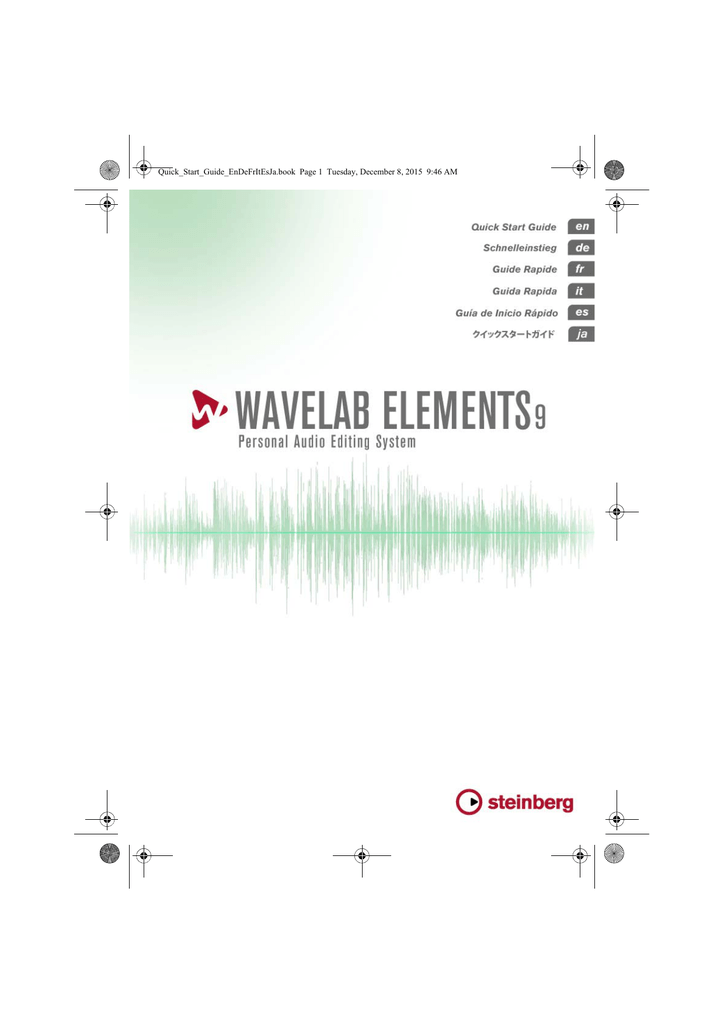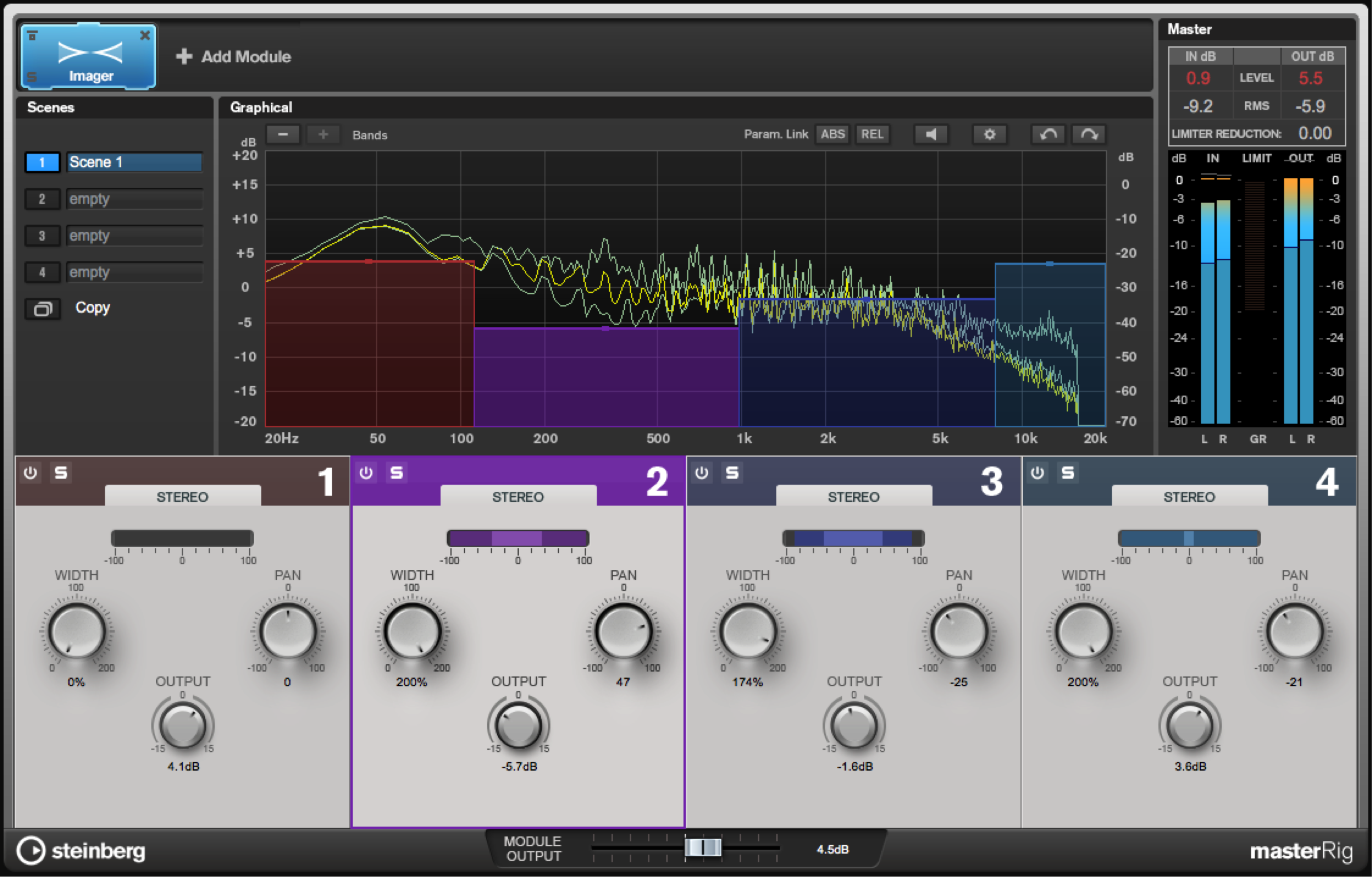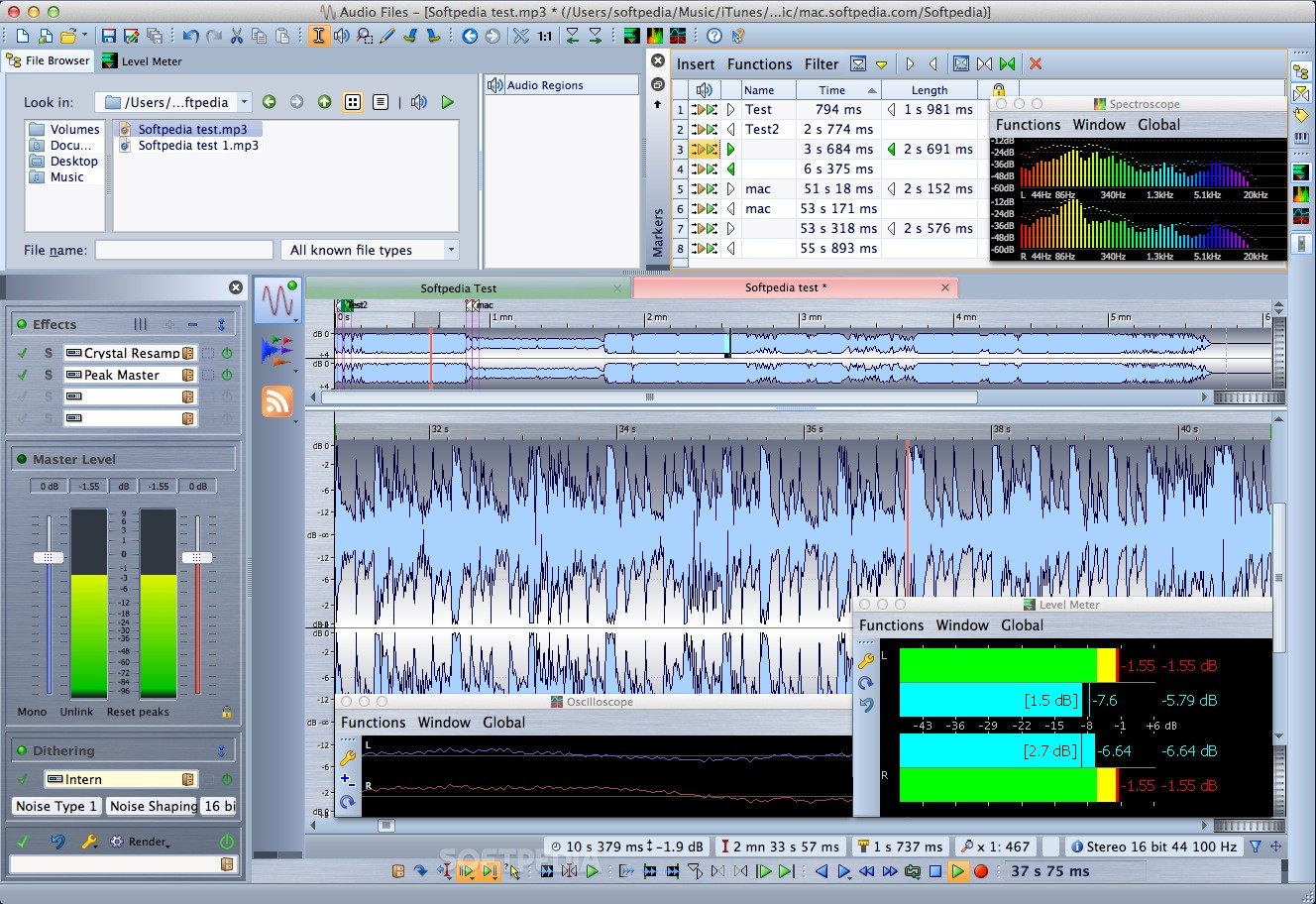

Offline processes are useful for a variety of editing purposes and creative effects, for example, if the computer is too slow for real-time processing or if the editing requires more than one pass. WaveLab Elements provides you with a comprehensive set of tools for analyzing your audio and for detecting any errors. The Pen tool can be used if the zoom resolution is set to 1:8 (one pixel on the screen equals 8 samples) or higher. This can be used to quickly repair waveform errors. The Pen tool allows you to redraw the waveform in the wave window. You can replace a part in an audio file with tone to cover a swear word, for example. This dialog allows you to insert silence in an audio file. WaveLab Elements reads the CART markers, if any, and merges them with the existing markers of the file. Metadata presets can be applied to WAV, MP3, and AAC files. In the Metadata dialog, you can save metadata presets and apply these presets to other files. You can edit metadata of audio files, audio montages, and batch processes.

This dialog allows you to define the metadata to be embedded in your audio file. In the Metadata window, you can see and edit metadata of the file in the Audio Editor, Audio Montage window, or Batch Processor window. Depending on the file format of the selected audio file, this data varies. Metadata consists of attributes that describe the audio contents, for example, the title of the track, the author, or the recording date of the track. You can change the sample rate and bit depth of audio files. You can render regions of an audio files or whole audio files to a single audio file. This section describes the principal editing operations within the Audio Editor. The tabs in the Audio Editor give you access to the tools and options you need to edit audio files. Here, you view, play back, and edit individual audio files. The wave window in the Audio Editor displays audio files graphically. This chapter describes the methods for controlling playback and transport functions.Īudio file editing refers to opening, editing, and saving audio files. For example, rename files from within WaveLab Elements or save files in various ways. In WaveLab Elements, you can handle files in various ways. Each environment contains functions that are tailored to the specific purpose of each file type. The Workspace window provides an editing and playback environment for each particular file type. Getting accustomed with these procedures allows you to work more effectively with the program.

This chapter describes general concepts that you will use when working with WaveLab Elements. The following list informs you about the most important improvements in WaveLab Elements and provides links to the corresponding descriptions.īefore you start working, you need to make some settings.


 0 kommentar(er)
0 kommentar(er)
